Mario Oberlaber is an Austrian astrophotographer who produces stunning nightscapes and deep sky images like this:
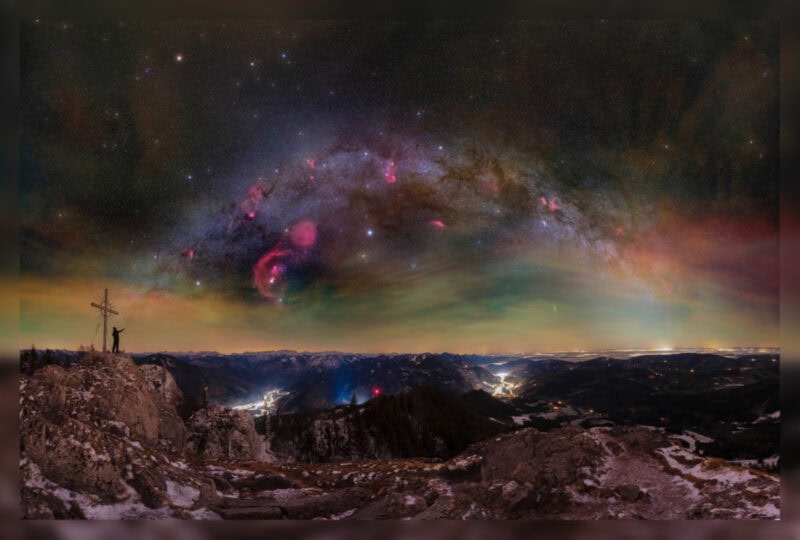
Read on to learn all about the tools and techniques he uses.
Who are you, where are you in the world, and what’s your focus in astrophotography?
Hello, I am Mario Oberlaber and I live in Austria.
I am fortunate to live in a country where you can still find dark and natural night skies.
My great passion is astro/landscape photography.
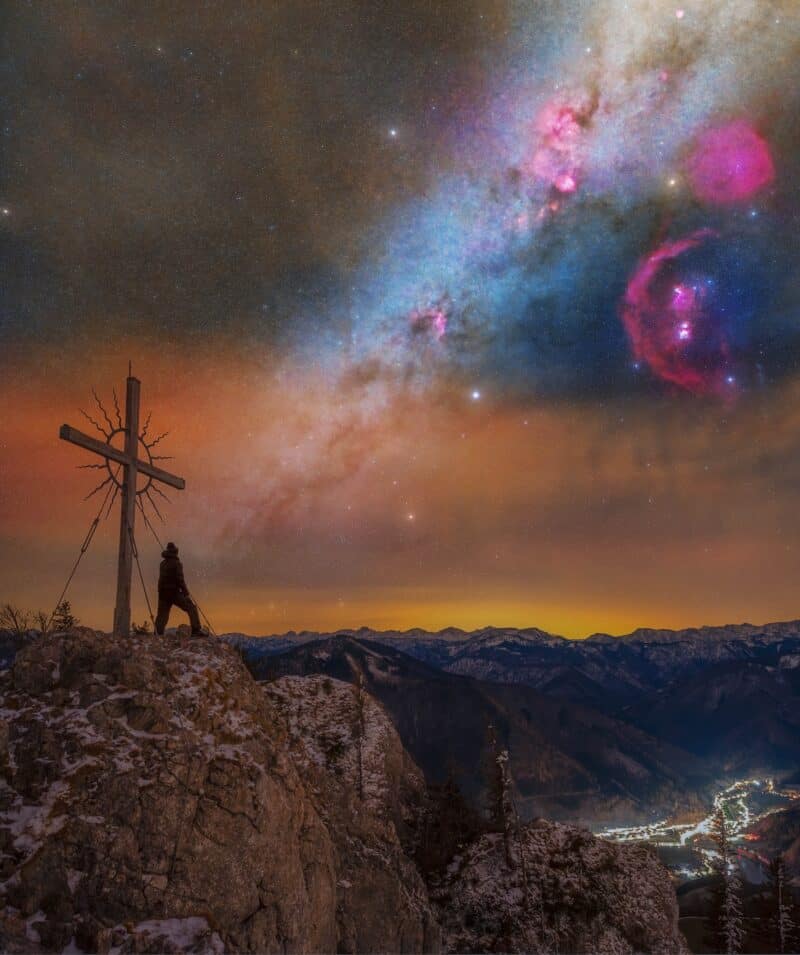
What’s your process?
I plan my images relatively simply.
I explore selected locations in advance using Google Earth/Maps and PhotoPills to determine the correct position of the Milky Way.
The chosen location is visited during the day, and everything is checked again on-site.
“Astrophotography can be frustrating, especially when you see the breathtaking images on the internet that you haven’t been able to achieve yourself.
However, there are many paths to success.You just need to find your own way, stay persistent, and continuously develop yourself.”
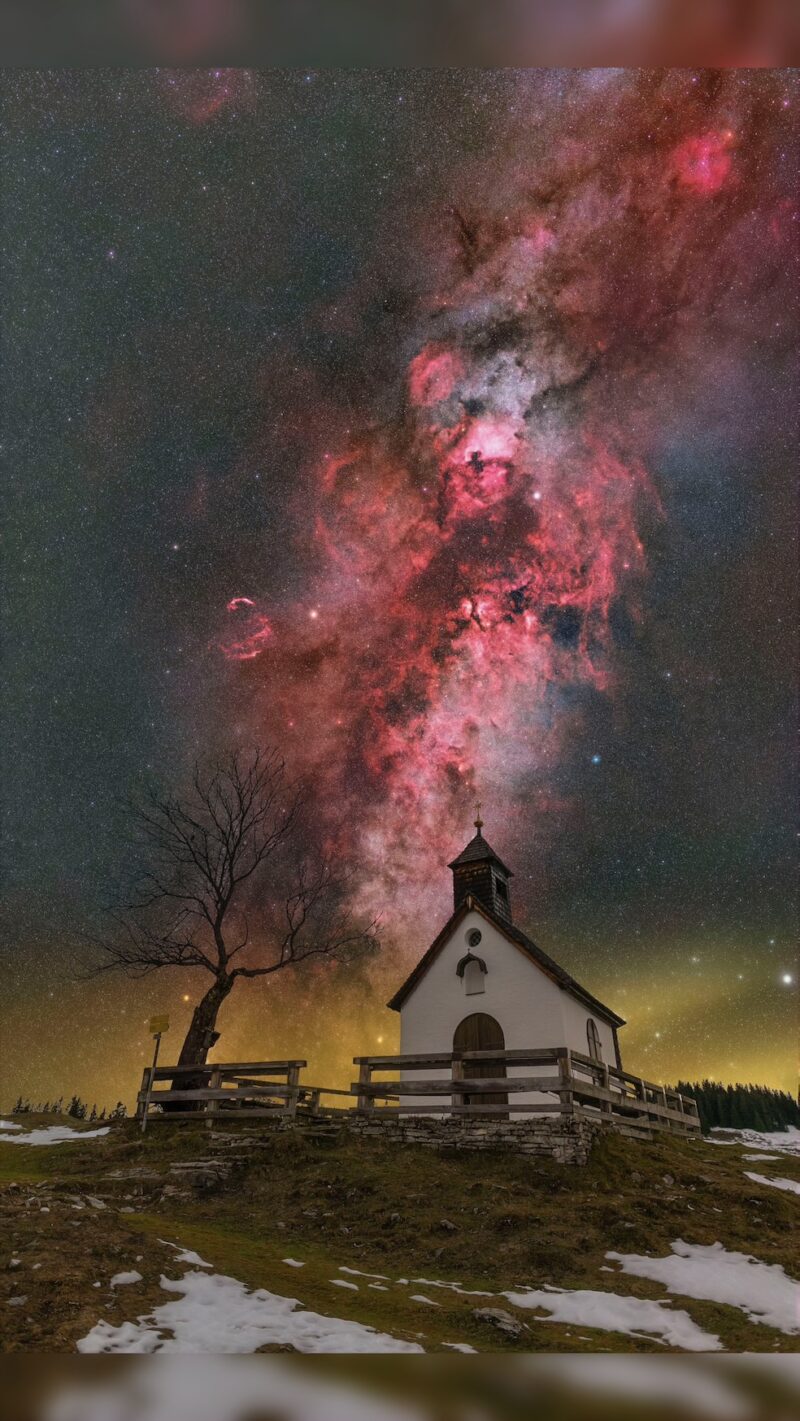
What gear do you use?
For cameras, I use:
- A Nikon Z6, and
- An 11-year-old Nikon D750
Both are astro-modified.
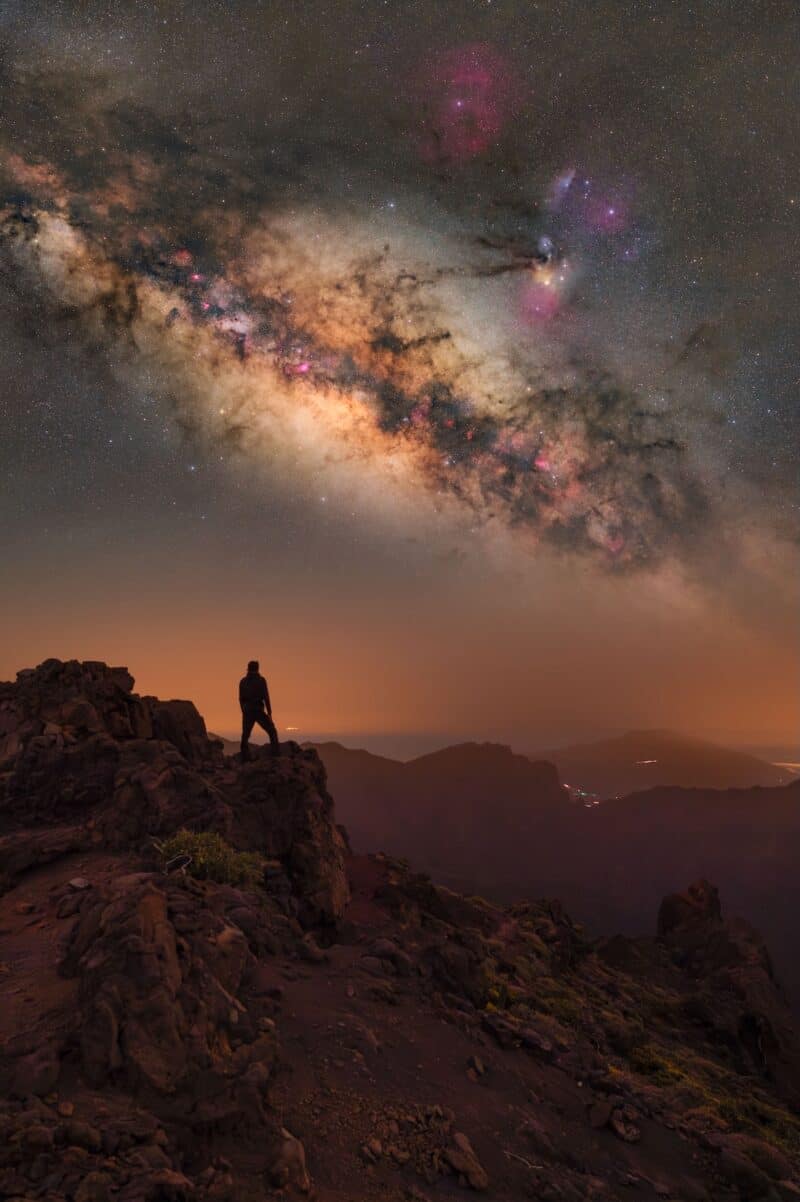
My main lenses are:
- a Sigma 20mm
- a Sigma 50mm
- And occasionally I also use my Sigma 135mm for deep sky widefield shots.
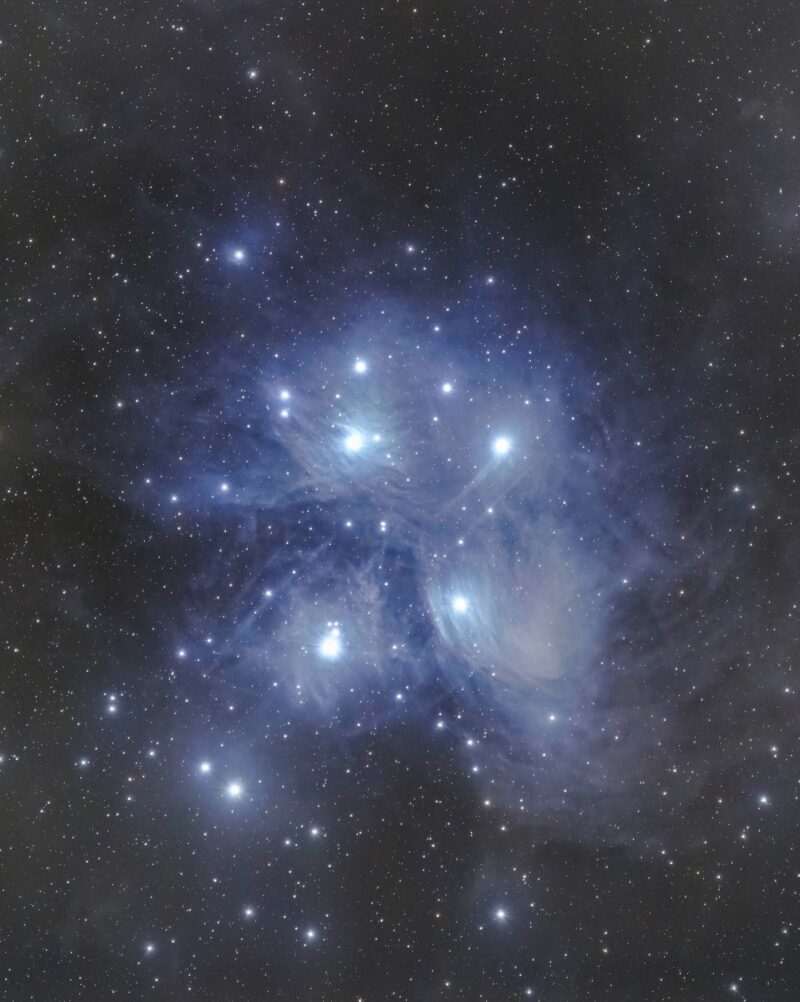
In the early years, I photographed my astro images without tracking.
Naturally, you quickly reach your limits this way.
Since I wanted to extract more information from my images, I had to upgrade and went with a SkyWatcher Star Adventurer.
And more recently I acquired a MoveShootMove Nomad.
For long hikes, this small tracker is ideal and significantly reduces the weight in my backpack.
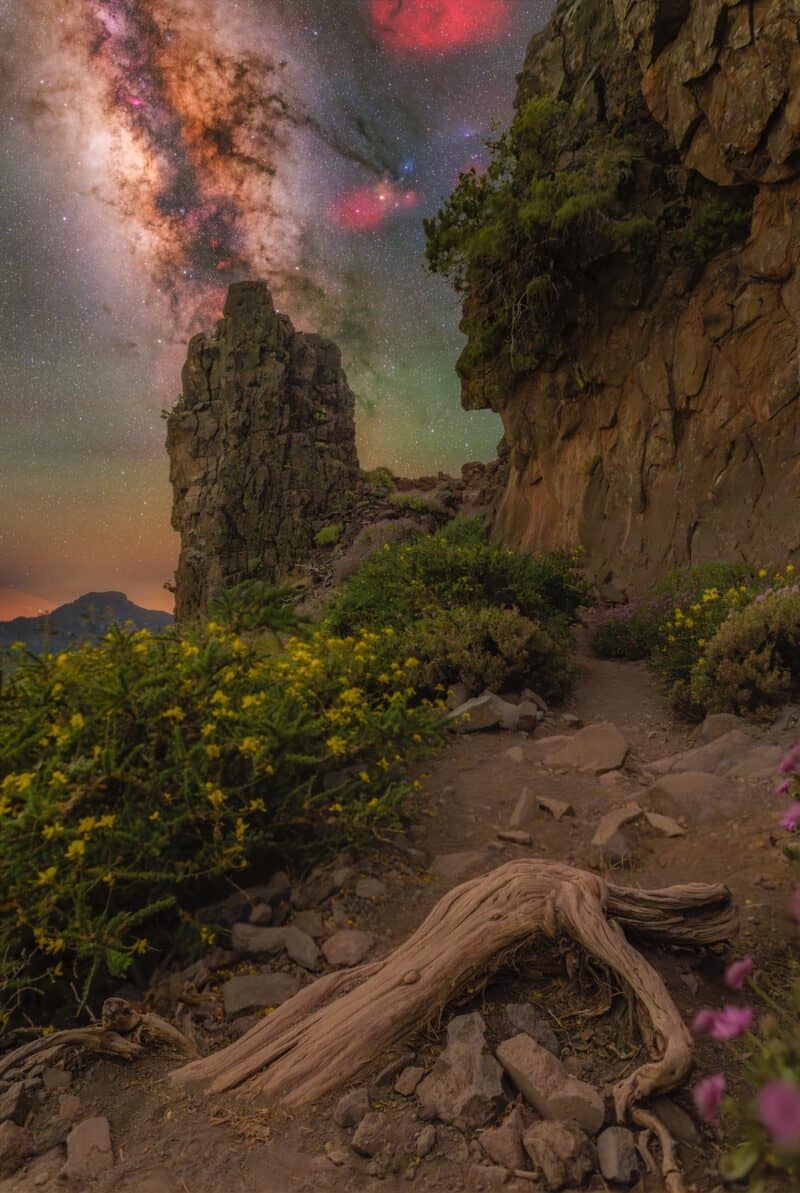
Another big thing for me was working with Ha filters in my astro-landscape images.
Even though the post-processing requires a lot of time, I love this extra boost.
“I learned the most from the Patreon page of Jakob Sahner”
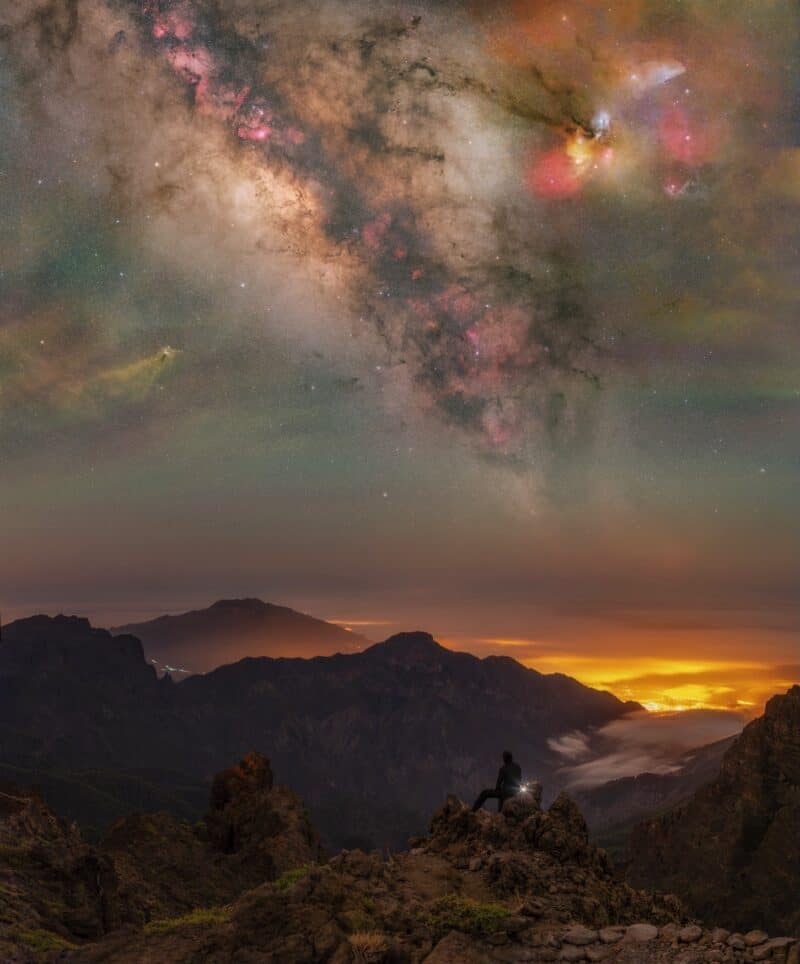
What do you use for post-processing?
I own all the common astro programs available for Mac:
- For stacking my images, I mainly use Starry Landscape Stacker, simply because it works quickly and easily.
- Occasionally, I also use Astro Pixel Processor (APP) for this purpose.
- For my deep sky widefield images, I exclusively use APP.
- For stitching panoramas, I use PTGui.
- For stretching and color calibration, I often use PixInsight and then Photoshop.
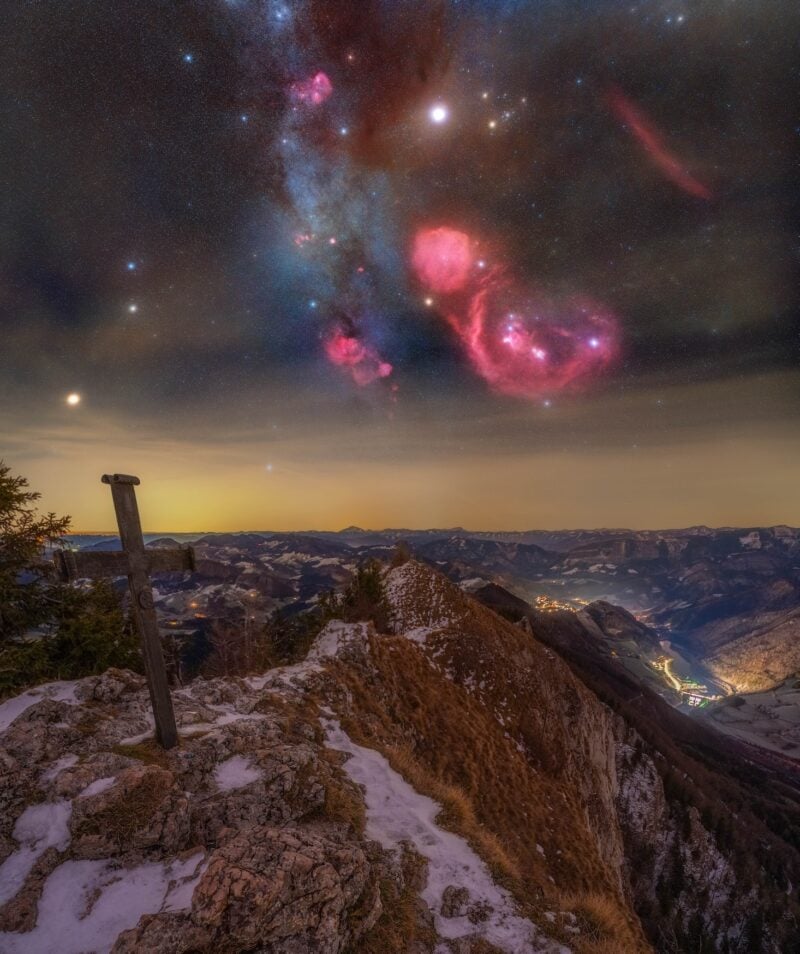
Any astrophotography learning resources that you can recommend?
Nowadays, you can find countless good tutorials on YouTube.
However, I learned the most from the Patreon page of Jakob Sahner.
I can recommend it to anyone who really wants to delve deeply into the topic.

Are you incorporating AI into your photography processes?
The only AI tools I use for my images are NoiseXTerminator and StarXTerminator from RC Astro.
Both are AI-powered tools for noise reduction and star removal.
They are truly excellent tools.
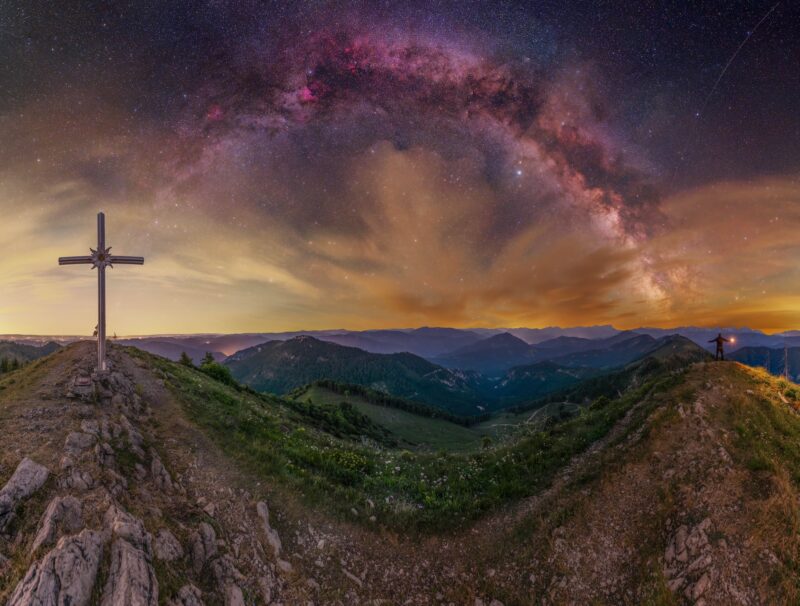
What are your proudest achievements in astrophotography?
I am most proud of my journey in astrophotography.
It is my greatest achievement.
I started as an absolute beginner, without any experience with Photoshop or other relevant tools.
Astrophotography can be frustrating, especially when you see the breathtaking images on the internet that you haven’t been able to achieve yourself.
However, there are many paths to success.
You just need to find your own way, stay persistent, and continuously develop yourself. That’s what I’m proud of. 🙂
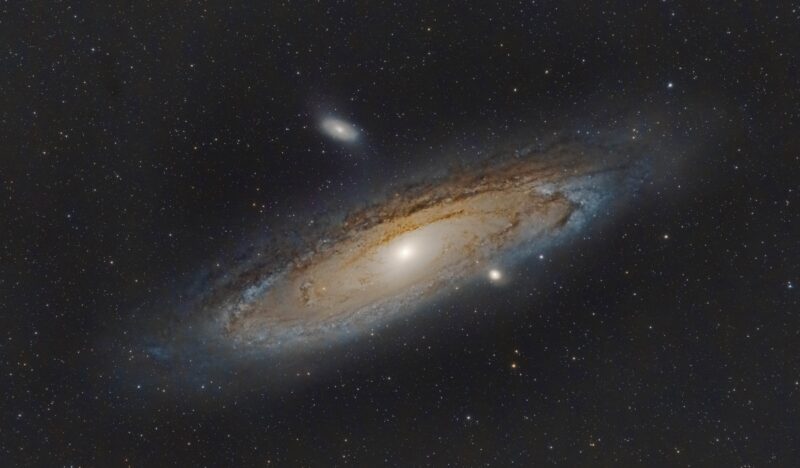
Where can people follow you online?
I am represented on all relevant social media channels under Mario Oberlaber:


